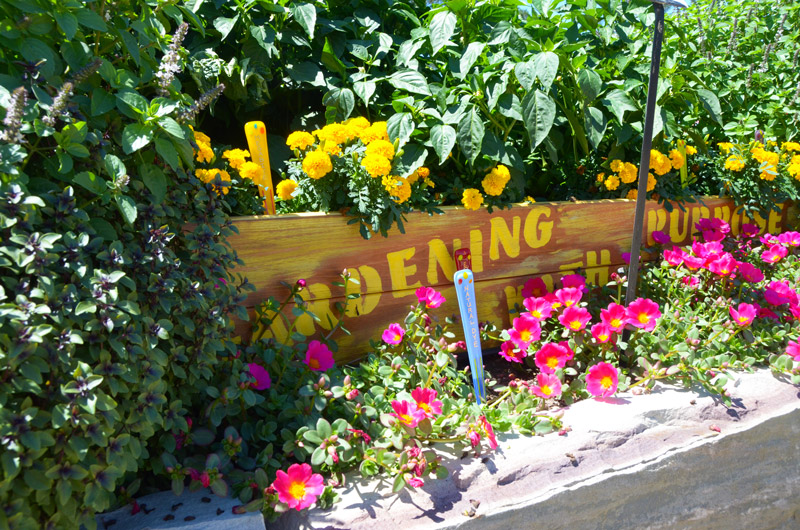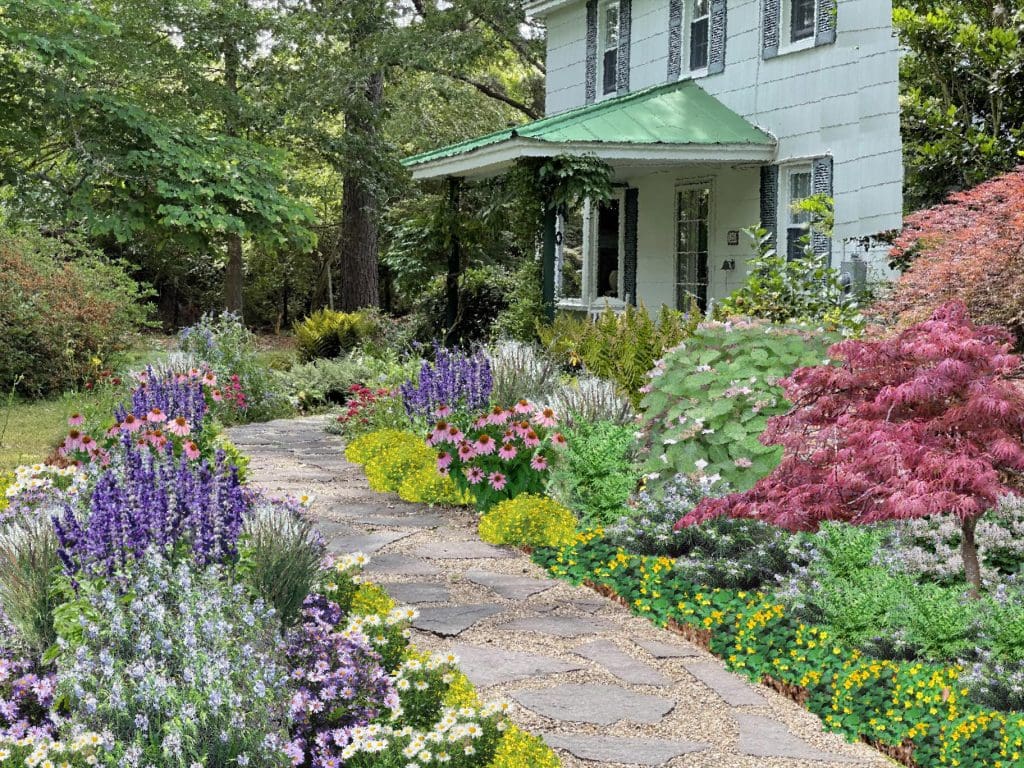Unknown Facts About Hilton Head Landscapes
Wiki Article
Excitement About Hilton Head Landscapes
Table of ContentsMore About Hilton Head LandscapesThe Basic Principles Of Hilton Head Landscapes A Biased View of Hilton Head LandscapesNot known Facts About Hilton Head LandscapesSome Known Facts About Hilton Head Landscapes.Examine This Report on Hilton Head LandscapesA Biased View of Hilton Head Landscapes
Line creates all kinds and patterns and can be used in a range of methods the landscape. Line in the landscape is produced by the side between 2 materials, the summary or shape of a form, or a long linear feature. Lines are a powerful device for the designer due to the fact that they can be utilized to develop a limitless selection of shapes and types, and they regulate movement of the eye and the body.
Lines in the landscape. The properties of lines figure out just how individuals react to the landscape, both emotionally and literally.
The Ultimate Guide To Hilton Head Landscapes
Straight lines are most often found in hardscape sides and product. Rounded lines develop a casual, natural, relaxed character that is connected much more with nature and asymmetrical equilibrium. Curved lines move the eye at a slower rate and add enigma to the room by producing concealed sights. Upright lines relocate the eye up, making a room really feel bigger.Upright lines in the landscape include high, narrow plant material, such as trees, or high frameworks, such as an arbor or a bird residence on a pole. Horizontal lines move the eye along the ground plane and can make an area really feel larger. Low lines are a lot more subdued and create a feeling of rest or repose.
Some Known Details About Hilton Head Landscapes
Reduced lines are developed by reduced garden walls, sidewalks, and brief bushes. Lines are utilized to draw types on a plan. In strategy sight, they define plant beds and hardscape locations. Lines are additionally created by the upright forms of developed attributes and plant product. There are 3 main line types that produce form in the landscape: bedlines, hardscape lines, and plant lines.Bedlines attach plant product to the home and hardscape because the eye adheres to the line, moving the look through the landscape. Hardscape lines are developed by the side of the hardscape, which defines the built structure. Line can additionally be created by long and narrow products, such as a fencing or wall surface.
4 Simple Techniques For Hilton Head Landscapes
Form is discovered in both hardscape and plants, and it is normally the leading aesthetic component that spatially arranges the landscape and frequently identifies the design of the yard. The type of frameworks, plant beds, and garden accessories also identifies the total form theme of the yard. Formal, geometric types include circles, squares, and polygons.Plants create type in the garden with their details or silhouettes, however kind can additionally be specified by a void or unfavorable room in between plants - landscape design hilton head (https://canvas.instructure.com/eportfolios/3001127/Home/Transform_Your_Yard_with_Hilton_Head_Landscapers). Circles can be cycles, or they can be split right into half circles or circle segments and incorporated with lines to develop arcs and tangents
An Unbiased View of Hilton Head Landscapes
Circles can also be extended right into ovals and ellipses for more selection and interest. Circles are a solid layout form because the eye is always attracted to the center, which can be made use of to emphasize a prime focus or connect other types. Figure 2. Round forms in hardscape and grass panels.The square form can likewise be segmented and previously owned repeatedly to produce a grid pattern. Unlike circles, squares are more powerful on the sides, which can be lined up or overlapped to create one-of-a-kind patterns and more intricate forms.
Twisting lines commonly imitate the natural training course of rivers or streams and can be explained as smooth lines with deeply bent wavinesses. Twisting lines (Figure 3) function well for paths, plant bedlines, and completely dry stream beds. Twisting lines can add interest and mystery to a yard by leading visitors around corners to find brand-new sights and areas.
The Basic Principles Of Hilton Head Landscapes

Usual plant types are well developed and standard, as type is the most regular and recognizable quality of plants. Form can additionally be developed with the massing of plants, where the general mass creates a different type than a specific plant.
A very different type should be used with careone or more work well as a centerpiece, yet way too many create chaos. Natural plant forms, rather than over-trimmed forms, must develop the bulk of the structure. The significance of general form is basically depending on the watching perspectivethe type of a tree can appear fairly various to a person standing under the cover versus seeing the tree from a distance in an open area.
The Greatest Guide To Hilton Head Landscapes
Plant forms also create and define deep space or open areas in between the plants, creating either convex or concave forms in the voids. High-arching tree branches commonly develop a concave open area under the branches, and a rounded cover with low branches loads the space to create a convex form in the open room under the tree.
Report this wiki page